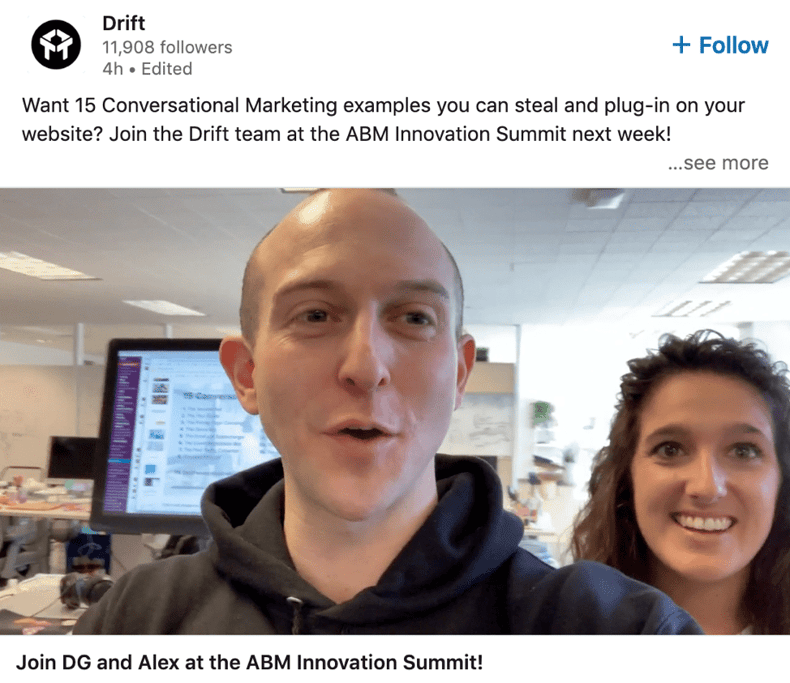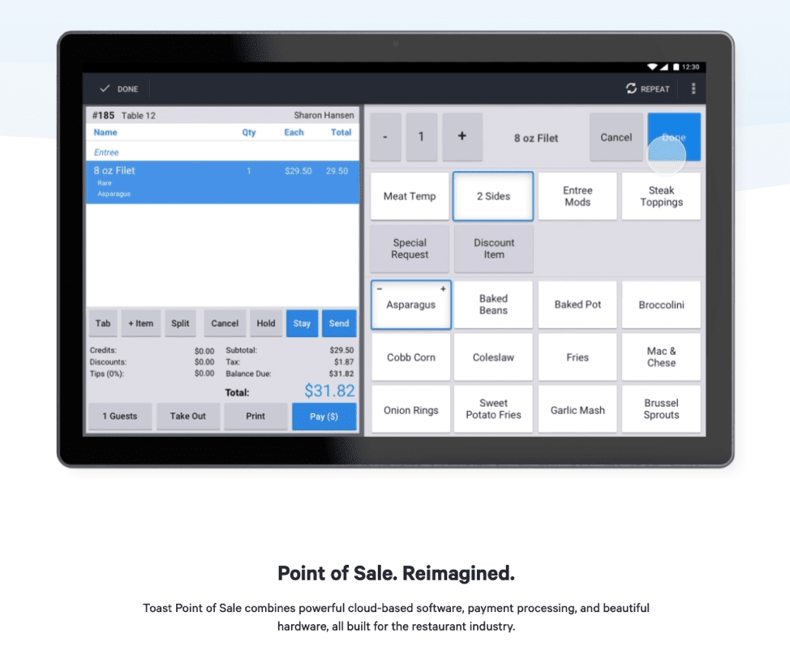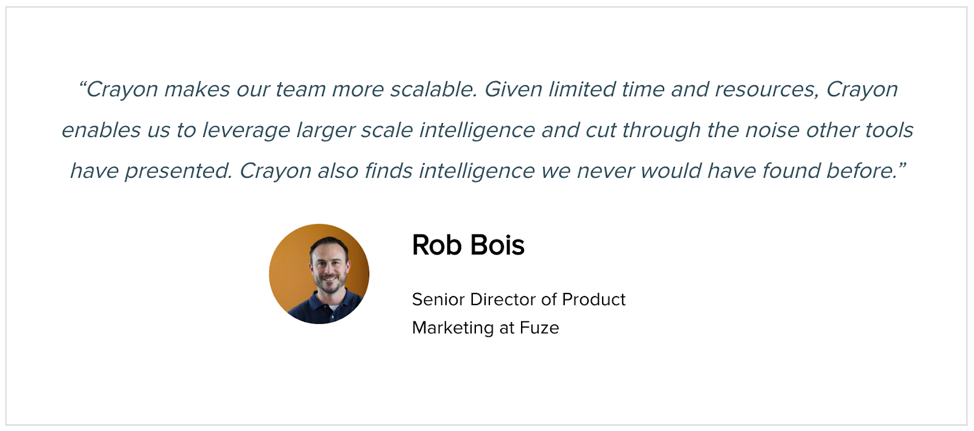If imitation is the sincerest form of flattery, is plagiarism the laziest form of flattery? When you work in a highly competitive industry, competitors copying each other is a common occurrence. How can you stop your competitors from copying you? Or is it even possible? How do we keep our carefully crafted content and positioning from getting copied so that we can remain differentiated? Here are seven strategies you can employ to hold your competitors at bay to keep your messaging, positioning, content, and more, differentiated.
1. Build a Recognizable Brand
While competitors can copy the things you say or the images you use, they can’t copy the way your customers feel about you. Investing in your brand can be an intangible effort but pays dividends as the company grows, your following increases, and the “moat” between you and your competitors expands. This applies to both the company’s brand and the individual faces of the company. Building your brand through thought leadership and the community around you helps raise your stature in the industry while helping your customers and potential customers at the same time.
Example: Chatbot company - I mean, conversational marketing company - Drift would probably hate that I called them a “chatbot company.” They’re known for their brand, their personalities, their thought leadership podcast, etc. They’re not known for specific product differentiators or types of content (well, other than those walking talking videos on LinkedIn). And that’s how they’ve built their following: their brand. Something that can’t be copied overnight by any competitor. “Competitors can copy your product, they can copy your content, they can even copy your pricing, but they can’t copy your brand,” said Drift CEO David Cancel.

Source: LinkedIn
2. Use Company-Specific Content
If you find that your competitors are using the same messaging and content you publish, try customizing your content to be highly specific to your company. Is a competitor using the same stock images? Set up a photo shoot with real employees or use more product shots in your content. Is a competitor copying the same industry examples in their content? Start using your own customer case studies or examples from your own day-to-day – examples that help promote you even if they are copied.
Example: Video marketing company Wistia creates a lot of – no surprises here – videos. Videos are already a content type that is hard to copy, but on top of that, they use their own employees in nearly all of them. This adds a level of differentiation from the get-go, all the while humanizing their brand as well. You can find pictures and animations of real employees all over their website. 
Source: Wistia
3. Prove Your Points
In crafting positioning statements, we come up with the key differentiators for our business – but you need to do more than simply say you’re “easy to use” or “have great customer service.” All of your competitors can make the same claims, but it comes down to who can actually deliver on those points. So, prove it. Not just in the customers’ experiences but show your prospective customers how your product UI looks to show how easy it is to use, or highlight customer reviews to show that you really do have great customer service. Your proof points cannot be copied by your competitor, even when they try to make the same claims as you.
Example: These examples hit close to home from my time at Toast, a restaurant POS company. Customers truly did see how easy to use the product was and how great the customer service was, but many competitors claimed the same. So, we showed it: customer ratings, customer case studies and quotes, and videos showcasing how easy it was to do common tasks. “Show, don’t tell,” became a powerful strategy for remaining differentiated.

Source: Toast
4. Create Uncopyable Experiences
Content and messaging can come in the form of words – but they can also come in the form of interactions. Interactive content, in-person events, and more experiences are great ways to create something that is uncopyable by others. Another way to tackle this is through product engagement: free tools, digital experiences, or long term subscriptions to regularly published content.
Example: HubSpot originally built its reputation and brand through content. They’ve since expanded the content program to include much more interactivity and long-lasting engagement. HubSpot Academy pulls together many of the otherwise disparate content resources to create a unique experience: an opportunity for marketers to learn the inbound methodology and get certified. Even if a competitor creates similar content, they can’t take away the reputation carried by an Inbound Certification.

Source: HubSpot
5. Go the Legal Route
The non-legal routes mentioned already have the ability to raise your reputation while accomplishing what you want and can even be more effective than the legal option. But sometimes taking legal action is the last remaining option. This is done in the form of filing and enforcing trademarks and patents.
Example: Apple is among the companies with the most trademarks in the world. In 2017 alone, they filed 74 trademark applications. They’ve trademarked everything from AirPlay® to Finder® to Retina® to, of course, Apple® itself. The extent to which you can take legal action to claim ownership of specific images, content, products, or ideas, is pretty incredible. Olympian sprinter Usain Bolt registered his signature lightning bolt pose, singer Taylor Swift registered the lyric “this sick beat,” and Cadbury even tried to register their unique color purple (Pantone 2685C). See more on Business Insider.
6. Let Your Customers Speak for You
One of the most unique ways to deliver your messaging or content is to do so in the form of a customer story or testimonial. These are by definition unique to you and your customers and can’t simply be copied. Letting your customers speak about their experiences and the impact you’ve had on them can also be an incredibly powerful way to tell your story. This also helps build your reputation and reinforces your brand.
Example: While many businesses in the competitive intelligence industry have vague customer quotes or no case studies at all, we are lucky to have customers that will share their successful experiences with Crayon. You can hear directly from our customers about how they enable sales and product teams, increase competitive win rates, and more.

7. Or, Just Let Them Copy You
If your competitors are copying you, that means you’re setting the rules for the game. You’re saying where the industry is going and you’re setting the bar. Knowing that your competitors will copy you is already an advantage because now you can plan one step ahead. Assuming they do copy you, what will you do next? Plan out your next steps so that you’re always ahead of the game, even in a world where your competitors are always nipping at your heels.
When your competitors copy you, you know you’re onto something. It’s unpleasant and frustrating when they do this because of the dampening on your own work. But it can become an opportunity to push your content and messaging to be even better, more unique, and more impactful than before.

Related Blog Posts
Popular Posts
-
 How to Create a Competitive Matrix (Step-by-Step Guide With Examples + Free Templates)
How to Create a Competitive Matrix (Step-by-Step Guide With Examples + Free Templates)
-
 The 8 Free Market Research Tools and Resources You Need to Know
The 8 Free Market Research Tools and Resources You Need to Know
-
 Sales Battlecards 101: How to Help Your Sellers Leave the Competition In the Dust
Sales Battlecards 101: How to Help Your Sellers Leave the Competition In the Dust
-
 6 Competitive Advantage Examples From the Real World
6 Competitive Advantage Examples From the Real World
-
 How to Measure Product Launch Success: 12 KPIs You Should Be Tracking
How to Measure Product Launch Success: 12 KPIs You Should Be Tracking





